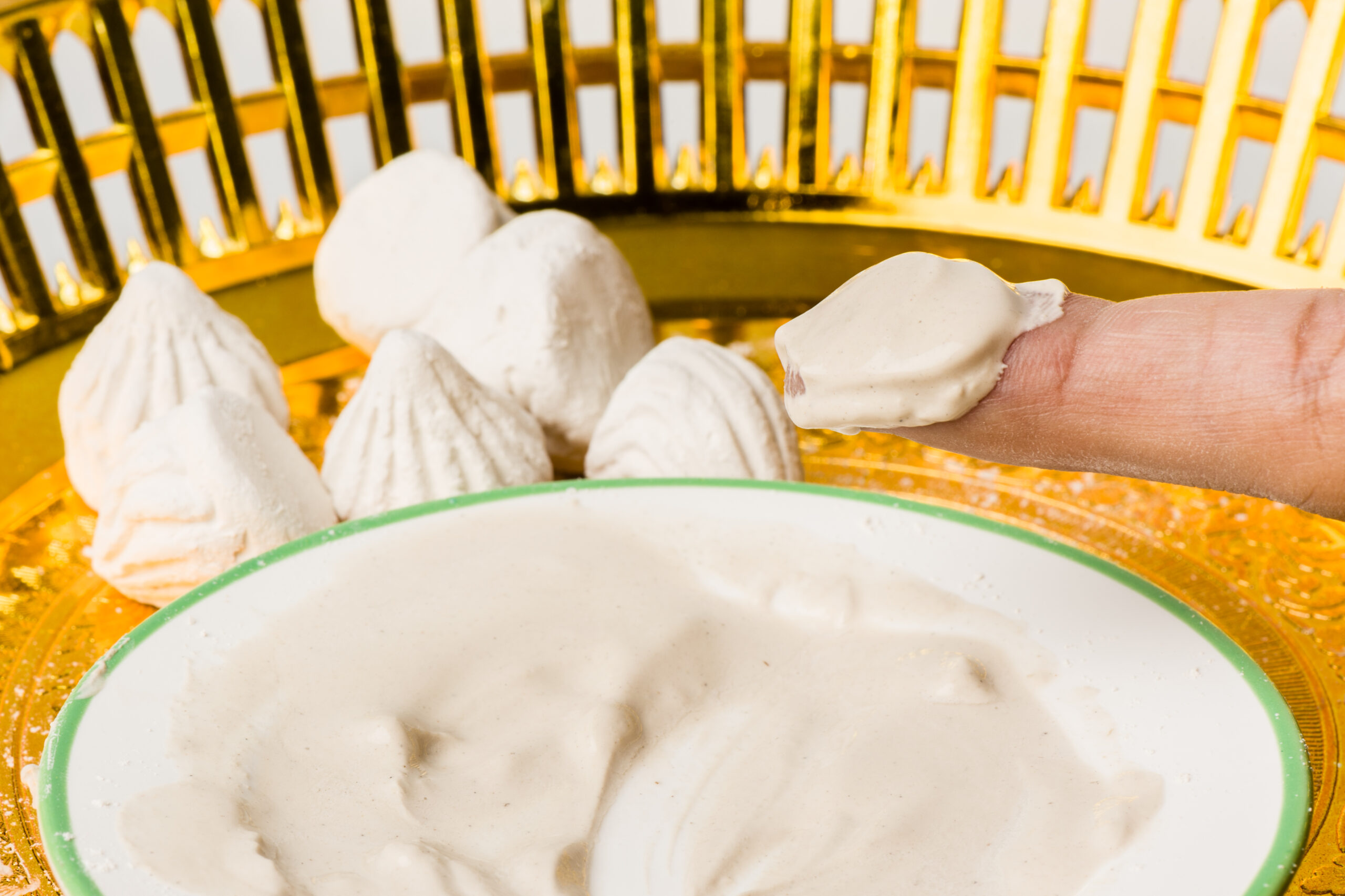Your cart is currently empty!

Introduction
Clay is a versatile and widely used natural resource with various applications in industries such as construction, ceramics, and agriculture. Understanding the composition of clay is essential to harnessing its unique properties and maximizing its potential. In this article, we will delve into the components that make up clay, exploring its chemical and physical characteristics.
What is Clay?
Clay is a fine-grained sedimentary rock that forms from the weathering and erosion of rocks over millions of years. It is primarily composed of microscopic particles, often less than 0.002mm in size. Clay minerals are the fundamental building blocks of clay, and they contribute to its unique properties.
Clay Mineralogy
Clay minerals are hydrous aluminum phyllosilicates that form from the alteration of other minerals under specific conditions. The most common clay minerals include kaolinite, illite, and montmorillonite. These minerals differ in their crystal structure, chemical composition, and surface properties, which influence the behavior and applications of different types of clay.
Kaolinite is the purest clay mineral, composed primarily of aluminum and silicon atoms arranged in a 1:1 ratio. It has a platy crystal structure and a relatively low cation exchange capacity (CEC). Kaolinite is widely used in the ceramics industry due to its excellent plasticity, low shrinkage, and white color.
Illite is another common clay mineral that possesses a 2:1 layered crystal structure. It contains significant amounts of potassium, aluminum, and magnesium. Illite exhibits higher CEC than kaolinite, making it useful for soil fertility improvement. Additionally, its swelling and shrinkage properties find application in geotechnical engineering.
Montmorillonite is a clay mineral with an expandable 2:1 crystal structure, allowing it to absorb and retain large amounts of water within its interlayer spaces. It has a high CEC, making it an excellent adsorbent for various contaminants. Montmorillonite plays a crucial role in drilling muds, animal feeds, and environmental remediation.
Other Components of Clay
Apart from clay minerals, clay may also contain other components that influence its characteristics. These components include organic matter, iron oxides, quartz, feldspar, and carbonates.
Organic matter in clay can improve its fertility and water-holding capacity. However, excessive organic matter may result in increased shrinkage and poor structural stability.
Iron oxides give clay its distinctive reddish or yellowish color. In large quantities, iron oxides can affect the plasticity of clay and its firing behavior in ceramics.
Quartz is a common mineral found in clay deposits and provides mechanical stability. It can affect the firing temperature and shrinkage of clay during ceramic production.
Feldspar is another mineral that may be present in clay. It contributes silica, alumina, and fluxing agents, influencing the melting behavior of clay during firing.
Carbonates such as calcite and dolomite are often found in clay deposits and can affect the workability and firing behavior of clay.
The Physical Properties of Clay
Clay exhibits several physical properties that make it unique from other types of soil or sedimentary rocks. These properties include plasticity, workability, shrinkage, and porosity.
The plasticity of clay refers to its ability to deform without cracking under stress and retain the new shape when the stress is released. This property enables clay to be molded and shaped, making it ideal for ceramics and construction materials.
Workability refers to the ease with which clay can be manipulated. It depends on factors such as water content, mineral composition, and particle size distribution. The workability of clay influences its use in various applications, from pottery making to constructing earthen structures.
Shrinkage is a crucial property of clay that affects its behavior during drying and firing. Clay contracts or shrinks as it loses moisture, which can cause cracking, warping, and structural instability. Understanding the shrinkage characteristics of clay is essential for successful ceramic production and soil engineering.
The porosity of clay determines its ability to absorb and retain water. The high surface area and fine particle size of clay contribute to its high porosity and water-holding capacity. This property is important in agriculture for retaining moisture in the soil and facilitating microbial activity.
Conclusion
In conclusion, the composition of clay consists primarily of clay minerals such as kaolinite, illite, and montmorillonite. These minerals give clay its unique properties, including plasticity, workability, and porosity. Additionally, other components like organic matter, iron oxides, quartz, feldspar, and carbonates may be present, influencing clay’s characteristics. Understanding the composition and physical properties of clay is essential for utilizing this versatile natural resource effectively in various industries, ranging from construction to ceramics to agriculture.
CATEGORIES:
Tags:

No responses yet